811 Views
6 Known Health Risks From Indoor Mold Exposure

by
Wet & Forget
(IC: professional)
Easy
No one likes mold in their home. It looks disgusting, smells musty, and can even destroy some of the surfaces it grows on. But mold is more than just a mess—too much mold exposure can even threaten your health.
Risk 1: Allergies
Risk 2: Asthma
Risk 3: Respiratory Infection
Risk 4: Toxic Effects
The Solution: Keep your Mold Exposure to a Minimum
Enjoyed the project?
Published March 6th, 2015 4:32 PM
Comments
Join the conversation
1 comment
-
Sometimes mold is not visible. I've an ultra sensitive sense of smell and suspected mold was the problem in our living room - specifically the fireplace in our fixer upper. An air quality test revealed 62 raw count of Aspergillus. FP is not up to code and unusable. We cannot afford to replace it, or even totally eliminate it, or professionally encase it,. After researching we attempted to encase DIY. We have removed the FP flute cleaned the inside of the chimney, sealed off with an encased chase cap, removed the rusted damper, sealed the opening with a metal sheet, covered that over with wood, caulked every possible opening, painted with mold killing primer, Will test again after 1 month. If the Aspergillus count remains high, we must sell (with disclosure of the FP problem) because I am highly allergic to mold, and have several medical conditions that make this dangerous for me. More articles like this are needed. Also information about testing for visible mold as well as air quality as part of the home inspection. Wish we had.
 Carmen
on Mar 06, 2015
Carmen
on Mar 06, 2015
-



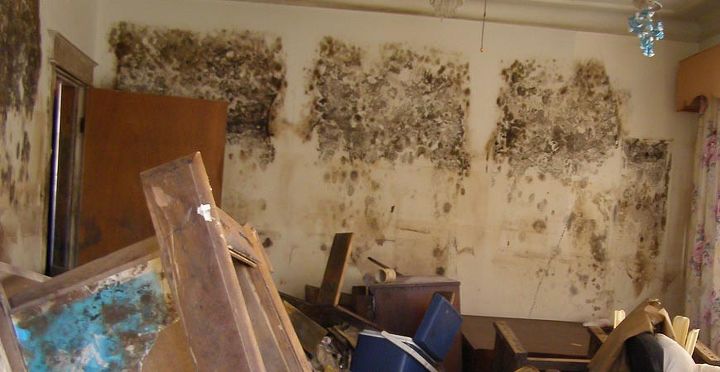
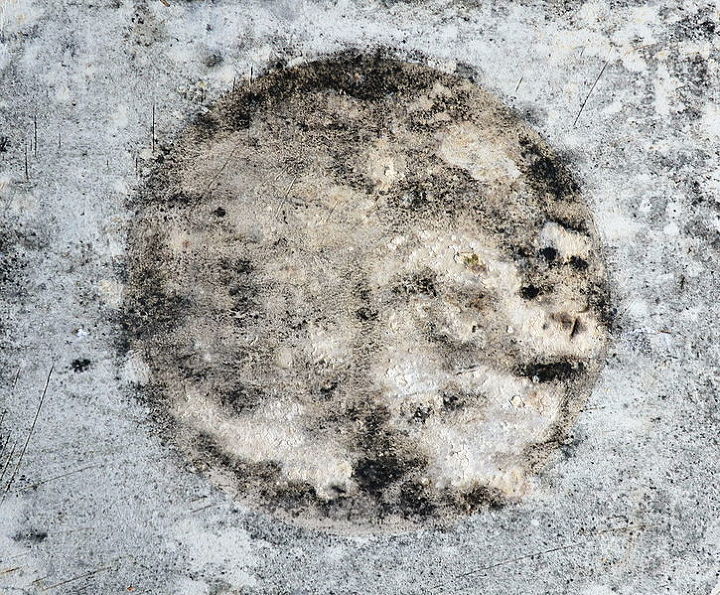



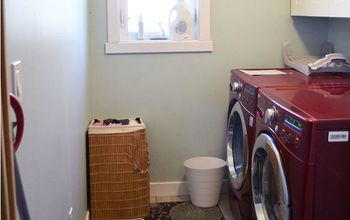






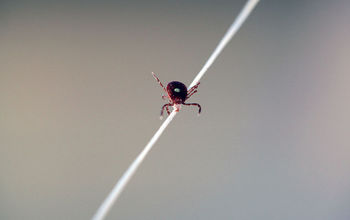
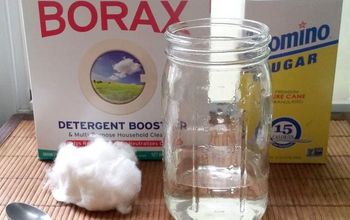


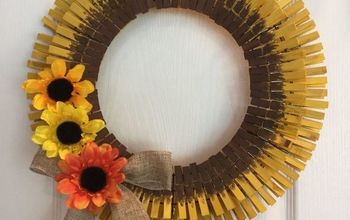







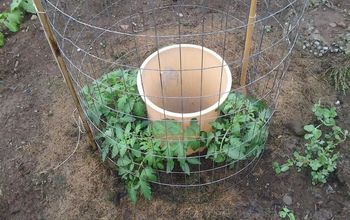


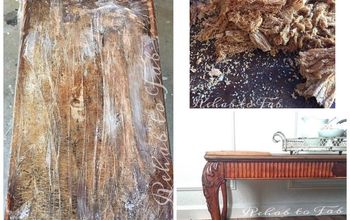
Frequently asked questions
Have a question about this project?
How do i fix the mold in carpet floor and walls please help